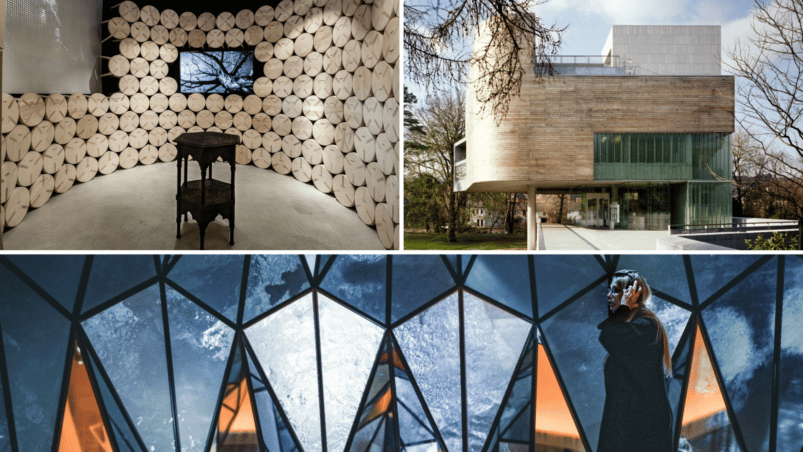On 10 September, the lucky winners of three European Museum Academy Awards (EMA) were announced: the Woodcarving Museum in Konjic (Bosnia and Herzegovina), the Hans Christian Andersen House in Odense (Denmark) and the Lewis Glucksman Gallery in Cork (Ireland). The museums were honoured during the award ceremony in Luxembourg, where EMA’s annual conference was held from 8-10 September.
The jury was particularly pleased that the 2022 search for the award winning museums was conducted in person. “It is one of the cornerstones of our award scheme to visit every museum which enters our competition, and we appreciate the value, especially for smaller museums, of having the opportunity to take part in face-to-face discussions with the jury members who come to your country”, explained EMA president Andreja Rihter in a press release.
“While it was important for us to maintain the continuity of the awards by conducting online judging conversations for the 2020/21 Awards, there is no substitute for these personal dialogues”, she concluded.
‘Role model’ museum picks up prize
The European prize for innovative museums in contemporary history, industry and science – the Luigi Micheletti Award – went to the Woodcarving Museum in Konjic, Bosnia and Herzegovina. It depicts the history of the woodcarving tradition in this Bosnian town, which was was put on the UNESCO list of Intangible Cultural Heritage of Humanity in 2017. It also portrays a model for the preservation of traditional crafts by building bridges between the craft and modernistic design.
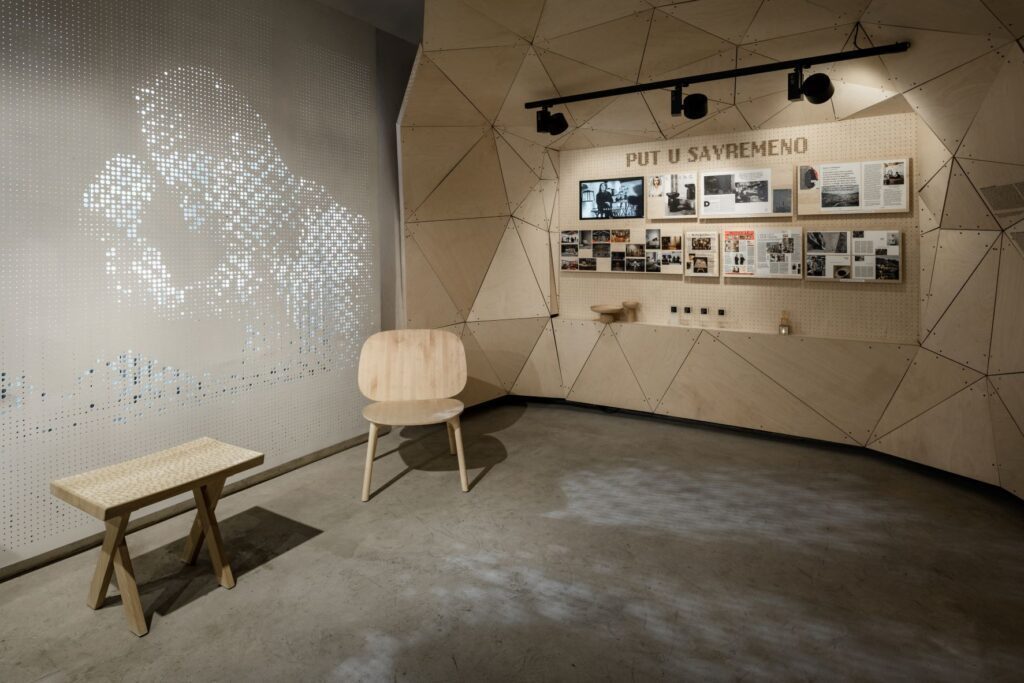
Gano Nikšić, the director’s great grandfather, discovered a primitive hand-carving technique originating in a small village near Konjic. He perfected the technique and collaboration with established furniture makers in Sarajevo led to worldwide recognition of the craft. The collection contains historical documents and archive material, including original photographs of woodcarvers, the luxury interiors they decorated, and illustrations from exhibitions at major international exhibitions at the turn of the 20th century.
The jury hailed the museum as a good example of intangible heritage preservation and enhancement. The totally private initiative could be encourage cultural investments in a part of Europe which is in need of local development based on culture. “The museum is an excellent communicator of an intangible world heritage that has arrived as a living tradition in the 21st century – a role model for other world heritage sites”, the judges reckoned.
Danish delight
There was also cause for celebration in Denmark, as the Hans Christian Andersen was announced as winner of the DASA Award, for their innovative communication. The circular geometry of the building means there is no hierarchy of space, and visitors proceed on sloping walkways from one area to another. The spatial form continues throughout the building, creating an ‘Andersenian Universe’, whereby reality is suspended, and the visitor becomes a character in a story on a voyage of discovery which appeals to children and adults.
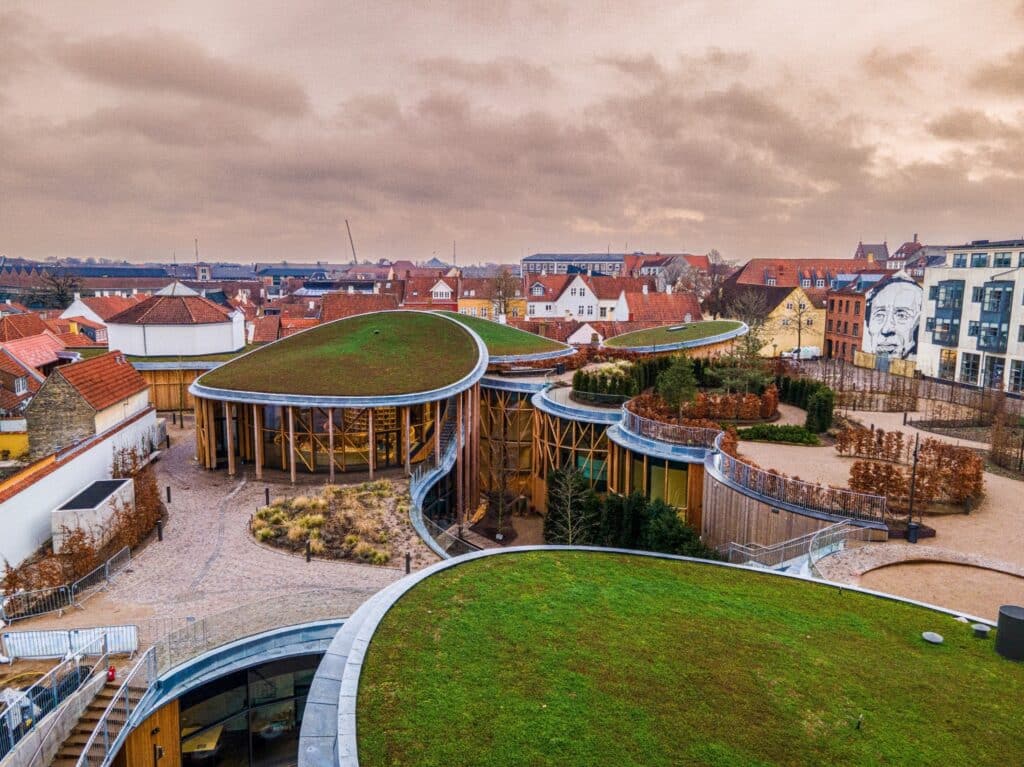
The exhibits on Andersen’s life reveal why the author’s tales are humorous but sometimes ambiguous and rarely have happy endings. The educational and didactic approach emphasise the empowerment that gives children their own voice in the development of creative narratives. Tours and programmes are cleverly planned to stimulate different creative energies and appeal to all the senses and make numerous references to real society and its problems, such as environmental or gender issues. Paradoxically this universe of an otherworldly fantasy offers a mirror of possibilities for our own society. ‘Everybody can play a part’ is the motto.
The judges were pleased with how the museums pays homage to human imagination: “With its impressive architecture and masterful scenography its universal appeal will be appreciated by lovers of Andersen’s work.” The various educational programmes help young people to discover their own creativity, translate it into expressive language and become mature and confident human beings. “This is a role model from which adults can learn much.”
Excellence as core value
The final winner of the evening hailed from south Ireland; the Lewis Glucksman Gallery from Cork. Located in the grounds of the University College Cork it provides an important link for the university with the wider public as a place of creative connections between people and disciplines. The collection is based on modern and contemporary Irish art. The museum places sustainability and inclusion at the centre of their policy and activities, which is also reflected by the award-winning building, designed by O’Donnell + Tuomey architects.
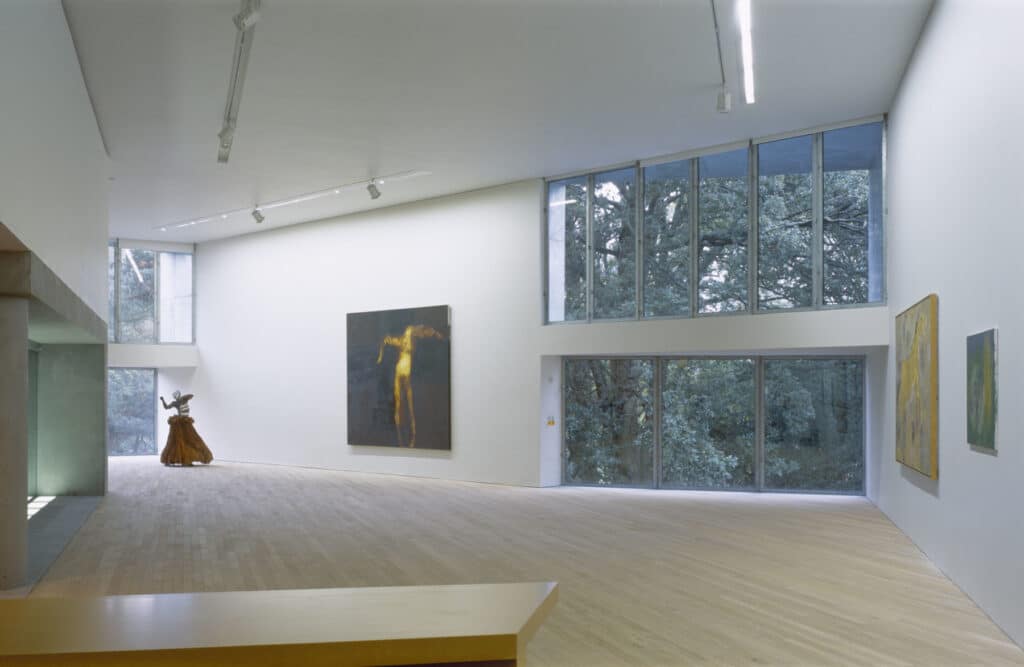
The Glucksman team has developed digital programmes and carried out large-scale projects onsite, in the gallery spaces, as well as offsite, in public spaces. These projects have enabled participants from marginalized and rural communities such as travellers, refugees, LGBTQ+ and families experiencing homelessness to find a way to express and visualize their thoughts and opinions on important societal issues through creative agency.
“Excellence in curatorial practice, collections care and audience engagement constitute the core values of the Glucksman”, the jury noted. “The staff has realized impressive results with their projects, which serve as an inspiration for museums all over the world. The museum brings communities and artists together, to explore, visualise and express their thoughts and opinions on important societal issues.”
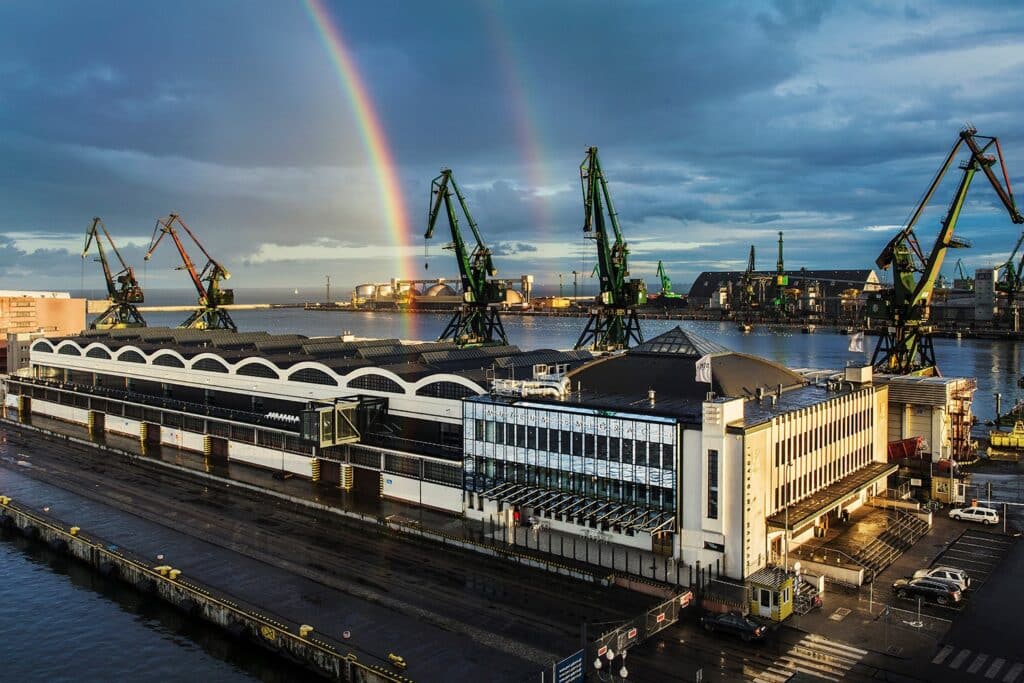
Apart from the three award winning institutes, the jury handed out a special commendation in each category. The Deutsches Museum Nürnberg/Zukunftsmuseum (Germany) was praised for its cooperation between science, industry and museology, while the Museum of Emigration in Gdynia (Poland) was applauded for its gradual transformation to “a model for the future of museums.”
Finally, the venue of the award ceremony itself, the MUDAM-Musée d’Art Moderne Grand-Duc Jean in Luxembourg received praise for its commitment to their social responsibility and the museum’s demonstration of innovation and empathy in some of their latest public engagement activities.

